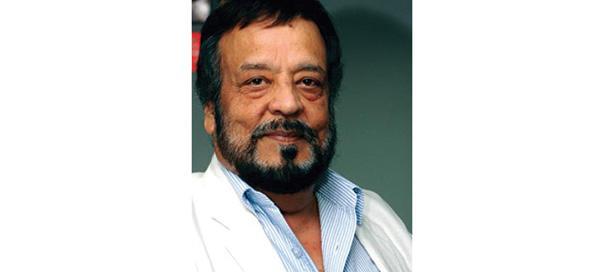There is so much sensationalism on Indian TV channels that sane voices from all directions have started appealing to these channels to wake up and take stock of the situation before it gets out of hand. The day may not be too far when the same sane voices will start pleading in favour of a government regulation.
Only last week, Prime Minister Manmohan Singh appealed to the media for self-restraint and to avoid what he called “the desire to be sensational” — which he acknowledged can be tempting sometimes. Indirectly, he was cautioning against being sensational just to increase TRPs. I believe what the channels should realize is that the possibility of losing credibility can be more damaging than the short term gain of a temporary boost in the TRP.
The Prime Minister praised press freedom, adding, “We are proud that freedom of expression is a constitutional guarantee in India.” But he emphasized that the media should not be just a reliable barometer of public opinion, but also the conscience-keeper of the nation. He also cautioned that the country is going through difficult times, which have exposed “serious fault lines” in the Indian society, and the media has an important role to play in promoting greater communal harmony.
This objective can be achieved passively, simply by not being irresponsible and by following a watertight principle of not broadcasting any unconfirmed reports or rumours. Just days before the PM spoke, Chief Justice of India Palanisamy Sathasivam also had something to say in this regard. He expressed his concern over what he called “the tendency of trial by media”, saying it affects the dispensation of justice because the media can etch impressions in people’s minds, even before a judgement is delivered.
He alleged that Indian courts have “frowned upon” several times over the increasing tendency to use media while the matter is subjudice. He added that the media must realize that this freedom is “as essential for the judiciary to deliver justice as it is for the media to be impartial”. What happens is, he observed, that if the media creates a mindset about what is right and wrong before the judgement, and if the judgement doesn’t happen to be on those lines, it can tarnish the judge’s image, and trigger all sorts of speculation about his motives. So his judgement becomes suspect, which is dangerous for the jury in a democracy.
He said it is the media’s responsibility to report facts objectively. But, he noted that many newspapers and TV channels today have highly biased headlines, “with facts and essential background taking a backseat”.
The Chief Justice acknowledged that media has an important role in spreading ideas, but, he said, it is crucial that the function is fulfilled responsibly. He also said it is imperative that the media takes the responsibility of correcting the situation by itself so that the need to regulate it by an outside element does not arise.
In fact, India is not alone in this. The universal root cause of all this is the highly competitive environment that almost forces 24/7 TV news channels to flash headlines on the ticker, even before the reporters can check the veracity of all the facts. Even in America many trials end up being judged as mistrials, because of the ‘prior trial’ that takes place in the media. This makes it impossible for the two sides to select an impartial jury.
In fact in USA, journalism has suffered from sensationalism since the 19th-century circulation wars between Joseph Pulitzer and William Randolph Hearst. Both media titans were accused of sensationalizing the news in order to sell more papers.
New York University Journalism Professor Mitchell Stephens, in his book A History of News, writes that sensationalism has been around ever since early humans began telling stories, ones that invariably focused on ‘sex and conflict’.
He contends that “sensationalism is unavoidable in news, because the humans are wired, probably for reasons of natural selection, to be alert to sensations, particularly those involving sex and violence.”
Mitchell contends that to some extent sensationalism can also serve a function by promoting the spread of information to less-literate audiences, thus strengthening the social fabric.
The reason I brought in Mitchell is that it fits in the Indian scene. In the Indian context, the case in point is the TV coverage of the gruesome gang-rape of a 23-year-old student in New Delhi on December 16th by six boys in a running bus. In my opinion, it was the frenzied media coverage of the brutality of the event that prompted a surge of anger among Indians across the country and forced the government to toughen the laws against sexual violence and the court to pronounce them guilty by completing the hearings in a so called Fast Track Court in a “record time” of 268 days.
(Author/news analyst Ravi M Khanna is currently freelancing after a 24-year stint with Voice Of America in Washington DC, as South Asia bureau chief)
Feedback: ravimohankhanna@gmail.com























